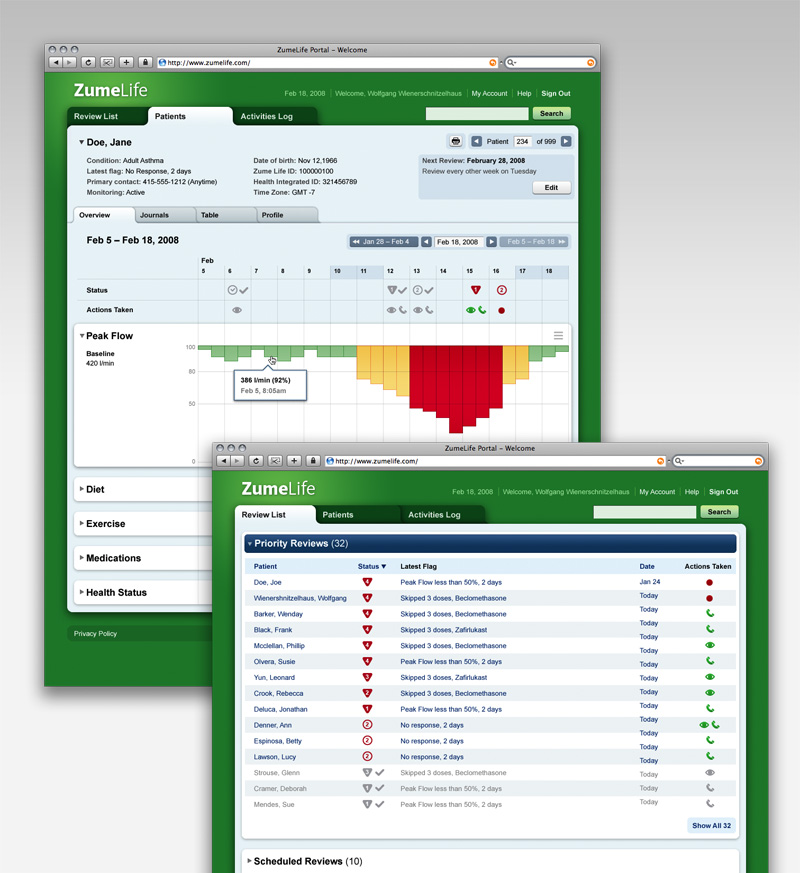

Individual slices were transformed to a “stack” using the function “Convert Images to Stack” in submenu “Stacks” in the pull-down menu “Image” (Fig.
#Efilmlt imagej windows
The JPEG files were retrieved with Windows Explorer and opened in ImageJ by dragging them to the ImageJ main window.
#Efilmlt imagej code
Every CT slice has a unique code or number that can be found in the information menu of the CT viewer, matching a JPEG file. Relevant CT slices were evaluted in the original CT viewer. Making a stack: The portovenous phase of four-phase contrast-enhanced CT scans was used to facilitate optimal identification of liver segments and the anatomic resection plane in the individual patients. The specimens were weighed immediately upon arrival at that department.ĭownloading ImageJ: ImageJ (version 1.33) was downloaded from (accession date: ). Immediately following resection, the resection specimens were transferred to the pathology department by one of the surgeons to scrutinize resection margins. The volumetric analyses were performed by two other investigators (S.A.W.G.D., J.J.G.S.) who were blinded to the weight of the resected specimens.
#Efilmlt imagej software
Toronto, Canada), SIENET MagicView 300 VA42D (Siemens, Erlangen, Germany), DICOM CDViewer 3.412 (Quazar Software GmbH, Hamburg, Germany), or DICOM LiteBox, version 2.02C (Rennes, France). For volumetric analysis, four-phase CT scans were used that were provided on CD-ROM on four different viewers: eFilm Lite (eFilm Medical. Patients underwent CT scanning in their routine preoperative assessment either in our hospital or in one of the surrounding university-affiliated district general teaching hospitals.

Results are the median and range or the number The objective of the present study was to establish the accuracy of ImageJ for CT volumetric analysis of the liver on a personal computer in patients undergoing major liver resection for CRC metastases. The applicability of ImageJ for liver volumetry has not been addressed before, but it potentially brings liver volumetry to the surgeon’s desktop. ImageJ is a freely downloadable image analysis software package developed at the National Institute of Health (NIH) to assist in clinical and scientific image analyses. Recently, an alternative approach using Adobe Photoshop was proposed to circumvent this problem, but the method is laborious. However, commercially available stand-alone CT volumetry software is often expensive. Advantages of stand-alone software are its applicability for tertiary referred patients, who already have a proper CT scan on CD-ROM from the referring institution and the possibility of performing liver volumetry independent of the input of a radiologist. Advances in digitalization, the availability of broadband networks, and the introduction of CT scans on CD-ROM have enabled volumetry on a personal computer remote from radiological hardware (CT scanners or MRI). Therefore, CT volumetry has hitherto been a multidisciplinary modality requiring the efforts of dedicated surgeons and radiologists. This requires the expertise of a liver surgeon. In addition, the intended operation should be known to the investigator to predict the remnant liver volume accurately. Unfortunately, radiologic image analysis software is typically linked to radiologic hardware, making it less accessible for nonradiologists. Liver volumetry is useful for patient selection and helps reduce the incidence of complications due to insufficient residual liver volume. Īs we and others have shown before, pre- and postoperative liver volumes can be accurately calculated from computed tomography (CT) or magnetic resonance imaging (MRI) scans. One of the reasons is that liver dysfunction may occur when the extent of tumor involvement requires a major resection, leaving a small postoperative remnant liver volume. The number of candidates for liver resection is limited, however. For these patients, liver resection is the only potentially curative treatment option. Approximately 50% of all patients diagnosed with CRC develop liver metastases at some stage of their disease. The incidence of colorectal cancer (CRC) is steadily increasing in the Western world.


 0 kommentar(er)
0 kommentar(er)
